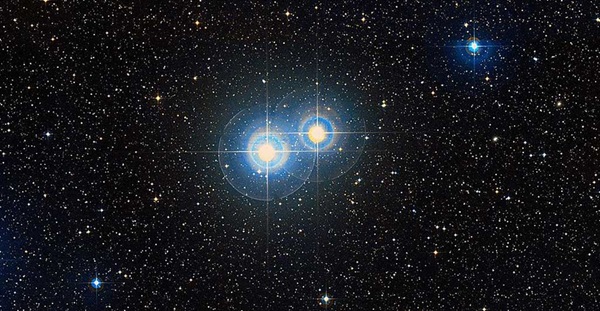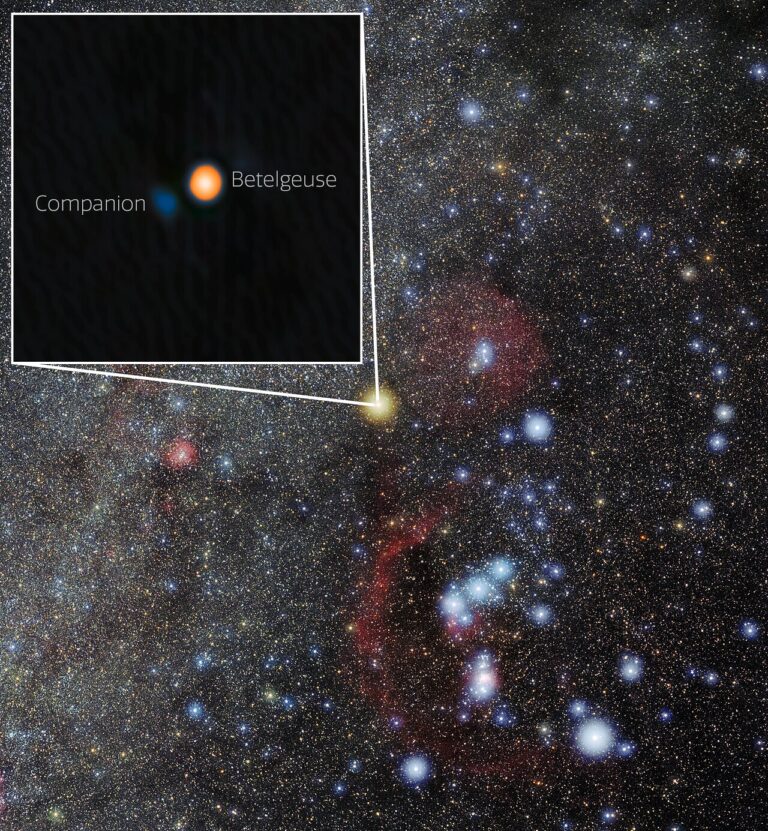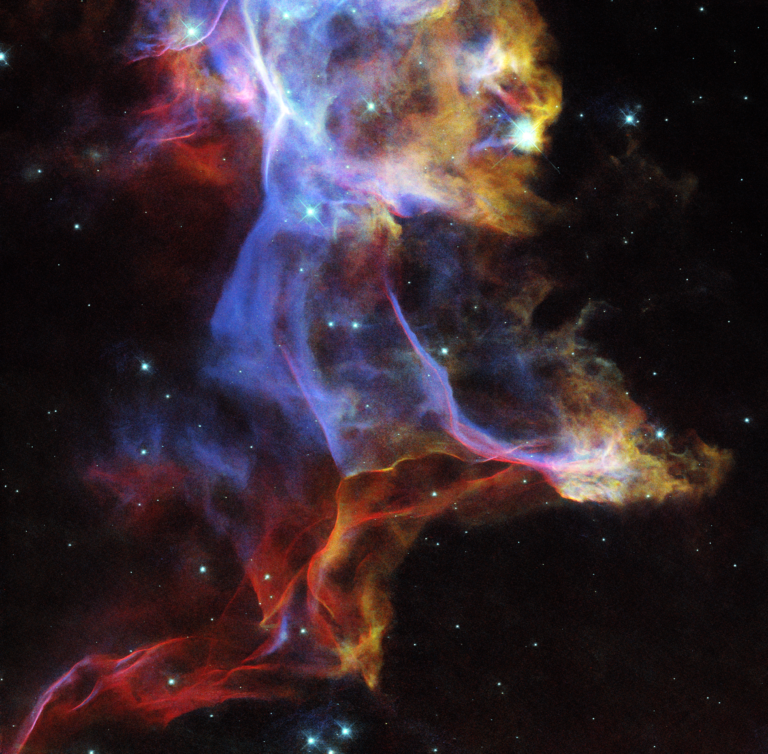Key Takeaways:
Your eye’s hot spot
The best way to test your visual acuity with naked-eye doubles is to do so in stages, working from the easiest to the most difficult objects. Try starting with Alpha1 (α1) and Alpha2 Capricorni, now in the southeastern sky after sunset. These stars form the northwestern tip of the constellation’s Delta Wing asterism. Alpha2 shines at magnitude 3.6, and Alpha1 is its magnitude 4.3 companion 6.6′ to the west-northwest. While these stars are not difficult to resolve, spend time with them and see where in your field of vision they appear most distinct; this will be your eye’s hot spot.
Once you determine your hot spot, position in it our next target: magnitude 3.8 Omicron1 (ο1) Cygni and its line-of-sight companion, magnitude 4.8 30 Cygni, 5.6′ to the northwest. This attractive pair lies about 5° west and slightly north of Deneb (Alpha Cygni), which marks the tail of Cygnus the Swan. Not only are these stars slightly fainter than Alpha1 and Alpha2 Capricorni, but they’re also 1′ closer together. Again, take time to study these stars, and see if you need to adjust their placement in your field of vision.
If you are under a dark sky, shift your gaze high overhead to the Keystone of Hercules. Just 4.5° northwest of Zeta (ζ) Herculis (the southwesternmost star in the Keystone), you’ll find the neglected double Nu1 (ν1) and Nu2 Coronae Borealis. Here, we have two 5th-magnitude stars separated by only 5′ and oriented roughly north-south.
These stars are, in fact, perfect test subjects for anyone wanting to try to resolve our next target: Epsilon1 (ε1) and Epsilon2 Lyrae. You’ll find this famous naked-eye pair less than 2° east-northeast of brilliant Vega. Like slightly fainter Nu Coronae Borealis, 4th-magnitude Epsilon Lyrae consists of two equally bright stars in a north-south orientation; but these little gems lie only 3.5′ apart. They are, in fact, near the limit of resolution for many naked-eye observers. Seeing them may require watching in the deep twilight when the cone cells are still active.
If you have trouble with Epsilon Lyrae, turn your gaze to Zubenelgenubi (Alpha Librae), which lies about as high above the horizon as Alpha Capricorni but in the southwest. It is a slightly wider pair (3.9′) with a brighter primary (magnitude 2.8) and a magnitude 5.2 secondary to the northwest.
Near impossible?
Return to Alpha Capricorni and then drop your sights to Beta (β) Capricorni. While I often have seen this star referred to as a naked-eye double, I have yet to find an actual account of a positive sighting. I’ve tried several times and could only muster an elongation of the star. But I do think someone with younger or better eyes could achieve success. While Beta1 shines at 3rd magnitude, its partner star, Beta2, is a magnitude 6.1 sun only 3.4′ southwest of Beta1.
Of course, remember, if you don’t see any of these stars with your unaided eyes, they all make striking pairs when binoculars give them clarity. Let me know how you do. Send any reports to [email protected].










